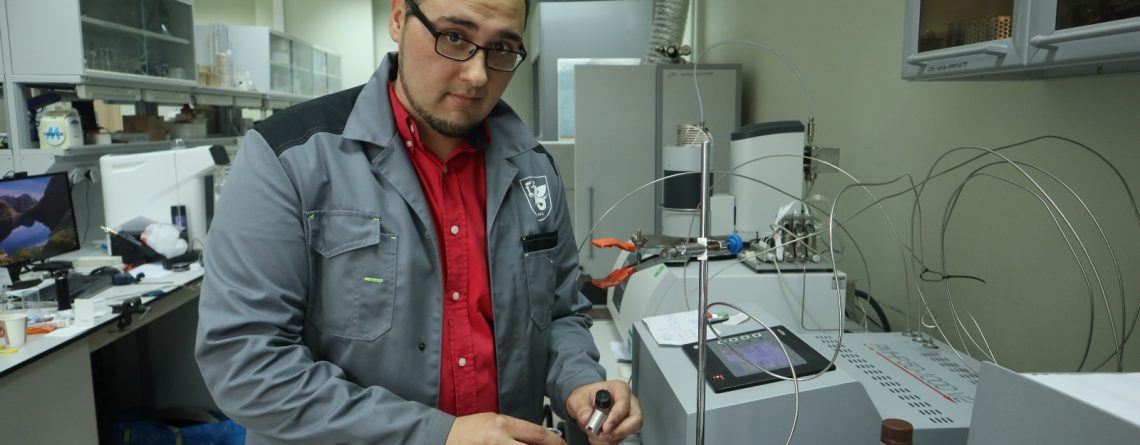Center for Liquid Hydrocarbons optimizing technology of supercritical water application for enhanced oil recovery
A research team of scientists from Kazan Federal University presented the results of creating a kinetic model to describe the conversion processes of organic shale under thermochemical action in the presence of various catalysts. The results saw light in Journal of Supercritical Fluids.
The kinetic data show that the catalyst intensifies the conversion reactions of organic matter from the Bazhenov Formation into synthetic oil and reduces the contribution of condensation reactions.
“The oil-soluble catalysts studied in this study have been shown to enhance the efficiency of synthetic oil generation from Bazhenov Formation shale under subcritical and supercritical water conditions. The presence of ligands based on natural oils in the composition of catalyst precursors has a positive economic and environmental effect when applied at oil fields,” says Jose Guillermo Felix Lugo, Research Associate of the Laboratory of In-Situ Combustion.
The simulation results demonstrated that the use of tall oil-based catalysts increases shale conversion by inhibiting secondary synthetic oil cracking reactions to a greater extent than other catalysts. The identified selectivity allows for higher synthetic oil production and lower production of undesirable by-products.
“The kinetic model is needed to numerically simulate the application of the technology under reservoir conditions and determine optimal injection strategies for shale development. The results of the study also provide a deeper understanding of the processes occurring at a depth of several kilometers during thermochemical stimulation,” states Mikhail Varfolomeev, Head of the Laboratory of Enhanced Oil Recovery.
The developed kinetic model will allow solving scientific and practical problems of supercritical water injection for synthetic oil production.
“In the future, the created kinetic model will make it possible to select the necessary type of catalysts, predict the nature of reactions and consumption of reagents,” adds Dr Felix Lugo.









